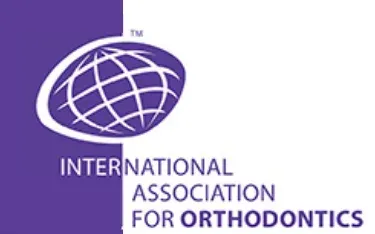January’s Tip

Prefabricated Posted and Keyhole/Mushroom Looped Arch Wires – What is it All About? Part IV Mushroom Looped CNA Nitanium Arch wire
By Dr. Adrian J. Palencar, MUDr, MAGD, IBO, FADI, FPFA, FICD
January 2022
The author attended Dr. Ravindra Nanda seminars, (professor at University of Connecticut) and he was exposed to his philosophy of orthodontic treatment. Dr. Nanda developed the Mushroom Looped CNA arch wire (for closing and condensing spaces) and Connecticut Intrusion Arch wire (CIA). In this article we will be concentrating on the Mushroom Looped CNA (.019x.025) arch wire.
Mushroom Loops are fabricated distally to laterals and are quite large. The arch wire is made of Nickel-free Beta III Titanium Molybdenum, and has the following characteristics:
- Bendable
- Has a smooth polished surface
- Lower force than Stainless Steel (820 grams vis-a vis 2,800 grams)
- Larger activation range
- Gradual force degradation
The function, benefits and activation of Mushroom Loops are similar to Posted and Keyhole Looped arch wires. The author had the privilege of treating patients with both modalities. The following are his personal observations:
Keyhole Looped arch wire characteristics:
- Stainless steel
- More rigid (2,800 grams of force)
- More resistant to inter-arch forces
- The loop is small
- Because of the rigidity, the loop requires a very small opening
- Activated loop takes up very small space between the lateral and cuspid
Mushroom Looped CNA arch wire characteristics:
- Nickel-free Beta Titanium
- Flexible with memory (820 grams of force)
- Less resistant to inter-arch forces
- Mushroom loop is large
- Because of the flexibility and level of force the loop has to be opened a lot
- Activated loop takes up large space between the lateral and the cuspid
The best way to evaluate is by treating one case with Keyhole Looped arch wire and the other one with Mushroom Looped CNA arch wire.

References:
- Nanda R., Biomechanics and Esthetic Strategies in Clinical Orthodontics, Elsevier Saunders; 205 – 209
- Palencar A.J., Case Finishing, Rondeau Seminars; 146 – 149
- Cerum OrthoOrganizers Catalogue; 148
HABLA ESPAÑOL
PARLE FRANÇAIS
